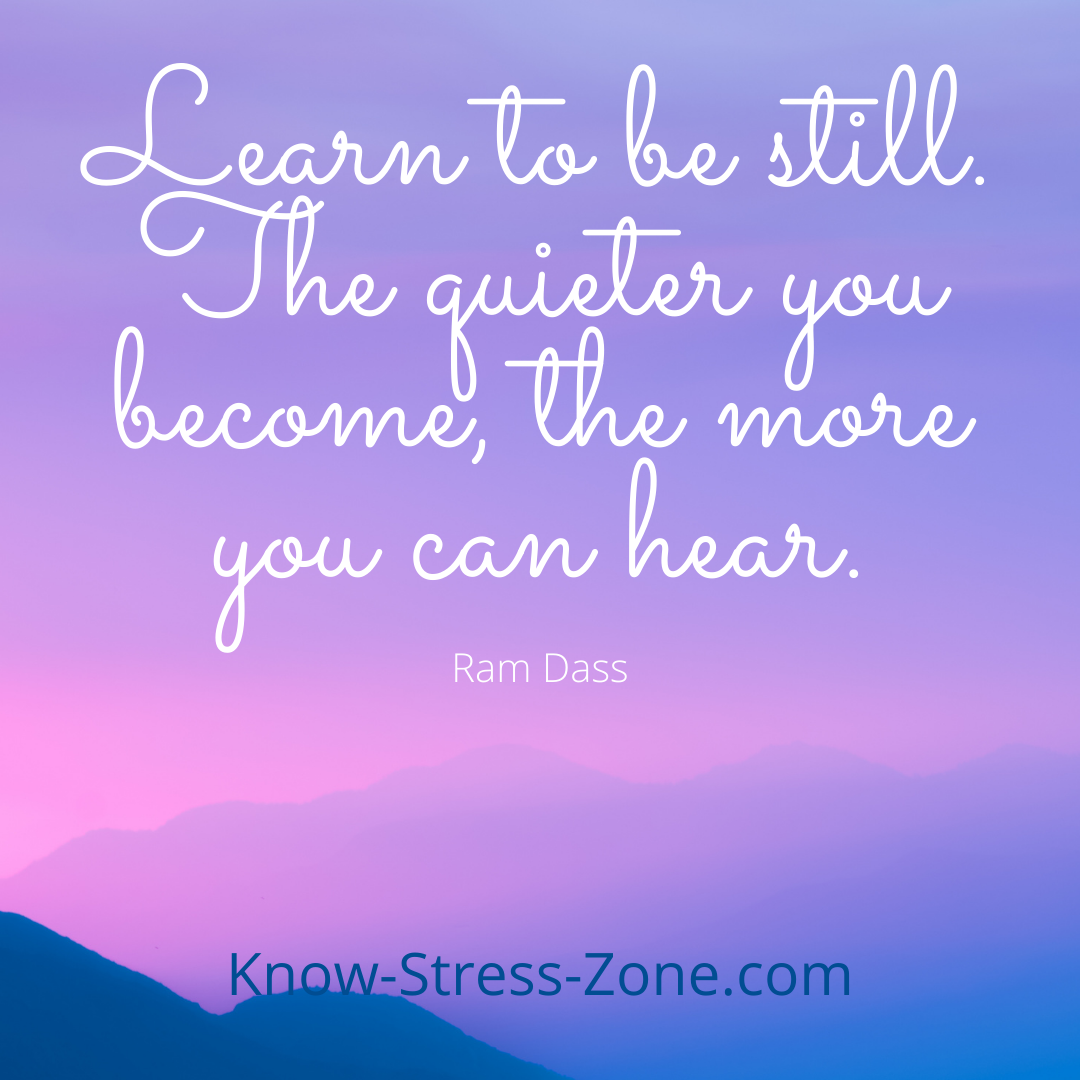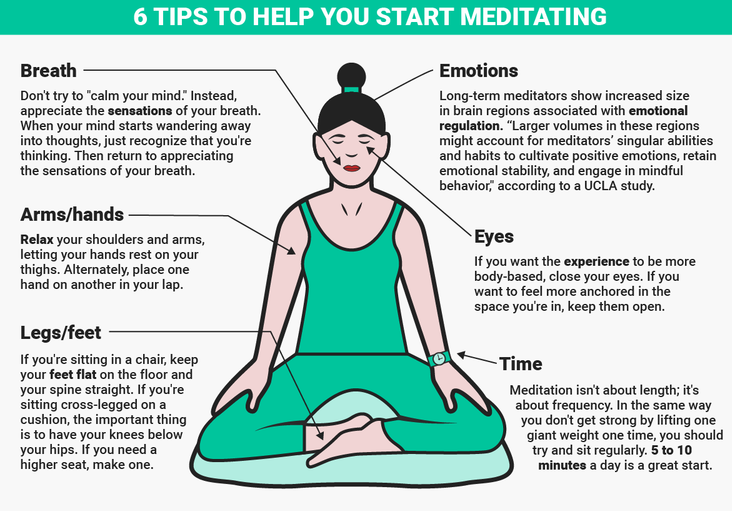Learn to Be Still: 6 Easy Tips to Quiet Your Mind and Body
Learn to Be Still: Stop and take a quick look around. Have you ever noticed how many people out there are busy for the sake of being busy? To one degree or another, and for the sake of our mental health, we must learn to be still.
|
Throughout my life, I've had neighbors who insist on mowing their lawns twice a week (the lawn never needed mowing!), washing and vacuuming their cars at least once a week, unnecessarily “fixing things” on their house and in their yards, power washing already clean surfaces, and literally going around tightening bolts on their chain link fences. I’m not making this up. Next, they will be milling their own flour. Nobody knows how to be still – as if they ever knew.
|
For the record, Melissa and I work from home so it’s hard
not to see or hear the neighbors engaging in superfluous tasks.
I have struggled with this – especially when I am anxious. I feel the need to get up and be busy. I realize we have to distract ourselves when we are anxious, but I have had better outcomes by sitting still, concentrating on deep breathing, and focusing on my present surroundings. I allow myself to be in the moment and simply acknowledge the feelings of anxiety and intrusive thoughts. The anxiety will subside and move along.
The addiction to “busy-ness” and distraction burns deeply within.
For me, it goes back to childhood. Whenever I went out to dinner with my parents, I was cautioned that I’d better sit still and behave myself - otherwise, The Manager would yell at me. Growing up, the manager was the equivalent of evil incarnate, a scary humanoid monster who would condemn me to the depths of hell if I didn’t sit still and behave.
It can be argued that sitting still in this context prevented me from meeting my demise. But for me, I equate sitting with a shitty memory! I am still terrified of the manager whenever I go out to dinner. Melissa protects me.
Somewhere along the way, we were programmed to believe that sitting still and doing nothing was also a sign of laziness; that we needed to be productive every minute of every day. This practice can lead to burn out, depression, and perhaps even alcohol and drug abuse.
According to modern medical experts, sitting equals imminent death. How dare we sit and be still!! I’m not suggesting we all become couch potatoes 24-7. But I do believe the medical profession’s stance (pun intended) on sitting may be a contributing factor to this “busy-ness” epidemic. As with anything, balance is a necessity.
There will always be another task at hand. The challenge is allowing ourselves time to recharge our bodies and minds. Notice I’ve been using the word allow. Only we can make the decision to permit ourselves time to be still and simply take in our surroundings, to acknowledge our presence in this crazy world. Perhaps doing so will make the world less crazy. ~Ted
Learn to Be Still: 6 Easy Tips to Quiet Your Mind and Body ~parts adapted via Psychcentral.com
|
- Practice when you need it. Practice stillness anywhere, “when the moment hits me regardless of where I am.” Sometimes, I’ll practice in my office in the middle of the day. I lock the door, and put up a “Do Not Disturb” sign, taking a few minutes for myself. “This allows my work space to not only represent the hustle and bustle of work, but now when I enter my office I also have calming, relaxing experiences to draw from and remember.”
- Schedule stillness. If you aren’t creating stillness spontaneously, schedule it, keeping this time sacred. Or set an alarm on your phone. Make it a priority and let others know in your life, so that they can honor this time you are setting aside for yourself.
- Find a favorite spot. Again, you can experience stillness anywhere, but it can help to start at a favorite place. This might be outdoors, such as a park or bench, or at home, in complete silence.
- Listen to brainwave entrainment music. Sometimes, people are afraid of being alone with their thoughts. This is when creating more structure is helpful. One way is by listening to brainwave entrainment tones. Music also is great when silence becomes deafening.
- Repeat calming phrases. This also gives your stillness structure. Examples: “I am calm and still,” or “I can create stillness.”
It's vital that we all learn to be still. Remember that just because the world around us is in full-blown chaos, doesn’t mean we always need to join in. Hermann Hesse said something like this: “Within you there is a stillness and a sanctuary to which you can retreat any time.”

